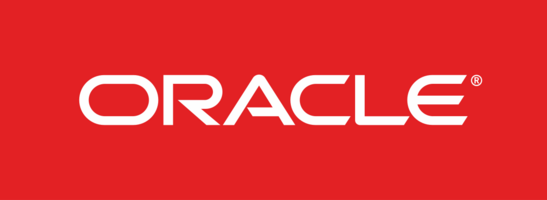
In the recent past, it was common to see supply chain planning teams working independently. Siloed by their separate systems, they were unable to align their supply with forecasted demand and were kept in the dark from real-time demand data. Today, we see clearly how top innovators leverage end-to-end visibility to shed light on the benefits of planning with a 360-degree view. But even as the "innovation gap" widens between rigid, legacy approaches to supply chain management and agile cloud-based unified platforms, there are still ways for businesses to accelerate planning for faster growth.
So, what exactly does successful 360-degree planning look like for supply chain teams? Let's take a look.
Research shows that unified and integrated planning approaches combine a wide array of rich supplier data with rapid time to market. As a result, customer expectations are exceeded, and planning teams have more freedom to drive topline growth and unlock value. For example, a 2020 spotlight survey by IDC estimated that companies without a single, collaborative supply chain platform spend 10% more time on innovation and 42% longer on product development.




